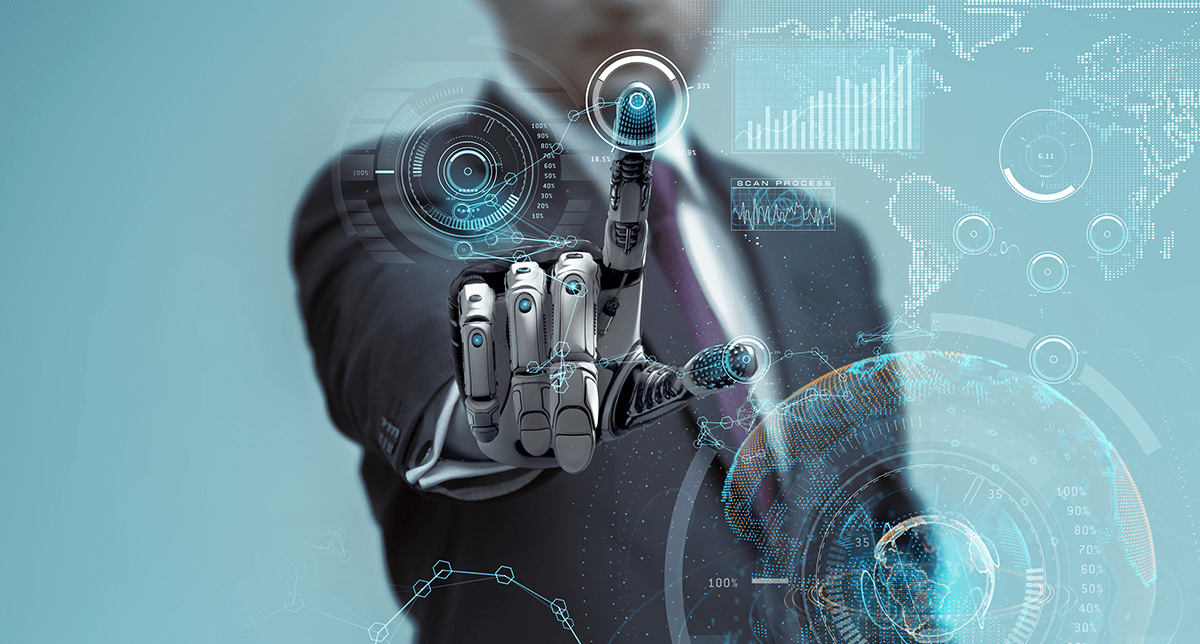
The future of HR is a hotly debated topic today. While some thought leaders are of the view that AI will disrupt the workforce with robots, VR, bots and more – others even suggest that organisations will eventually do away with HR as a function and let domain leaders get involved in people management processes to make it more inclusive.
We let the thought leaders visualize the future while we take a dive into what’s helping HR and taking it to the next level in the present. As we observe the world around us, it’s easy to see that machine learning (ML) and artificial intelligence (AI) have already begun to change the way we understand how our organizations work, how functions are getting automated and smarter, helping us make the most effective decisions in our roles as human experts.
The biggest advantage of ML is that it reacts faster than humans in identifying insights and inferences that might otherwise take plenty of manpower and time or not be identified at all. In the following examples, we see how machine learning can aid everyday decisions related to organisations and their workforces:
Making recruitment super-efficient
From evaluating millions of profiles in seconds, to candidate screening and assessment, machine learning is making the tedious, age-old recruitment process super fast and efficient. Algorithms are enabling HR to detect patterns faster and more accurately than human beings and programs can correlate candidates’ past experiences and relevant skills to determine where they may find the fit best in the company.
HR practitioners are discovering that this kind of advanced analysis and pattern recognition can greatly increase the success rates of hiring decisions. Further, with more innovation, the possibilities seem endless, especially in combinations of individual factors and patterns.
The people engagement puzzle
Studies suggest that fifty percent of candidates don’t receive any type of communication or have any type of interaction with an employer once they apply for a role or come on board. With the help of algorithms, candidate engagement can be automated and made unique not just during employee onboarding but post that also. The interactive algorithms can help the new employee with relevant information regarding team, domain expertise and more.
While the area of employee engagement will always have a large human, tactile component – ML can help identify trends by understanding what it is that keeps employees happy at their organization. This can be done by having data from a common platform ingested into an ML system, which understands and provides numerous ways in having engagement campaigns driven. Ultimately, this helps in preventing attrition, building a motivated and committed workforce and ultimately impacting productivity.
Reducing bias in appraisals and career progression
Algorithms could also be trained to perform appraisals through regular, unbiased performance reviews. One of the many challenges for supervisors during performance reviews is for them to remain impartial. AI algorithms could evaluate performance data without any personal bias for the candidate.
Similarly, organisations can also use AI to map employees’ career paths and gear them up for career progression. Employees may need support with customized training and learning information that supervisor may not always provide. With AI, organizations can actually democratize learning and development initiatives for each and every employee at appropriate timelines. AI can also examine past performance trends of individuals, teams, or departments and predict future outcomes. This information can give HR directors insight into the steps to take to improve performance or morale when the AI software spots a potential problem.
Gauging workplace morale
Machine learning is extremely good at detecting patterns over time, even with a limited number of variables. Hence, many organisations are using it to understand employee behavior at the workplace, which in turn helps them assess employee productivity, workload, moods etc. All these factors can help them determine the overall workplace morale and take relevant action in areas of concern. This would almost be impossible to gauge from a simple spreadsheet analysis.
Machine learning is helping businesses rediscover themselves like never before. Artificial intelligence and numerous ML algorithms have gained tremendous popularity in various businesses functions. HR too is witnessing multiple benefits and the world is yet to see the impact ML is going to make across the entire people management spectrum. As someone has rightly said, the future of HR will most probably involve a human-machine collaboration and that can end up being a good thing.
If you like our article and would like to share your views, please drop your comments below.